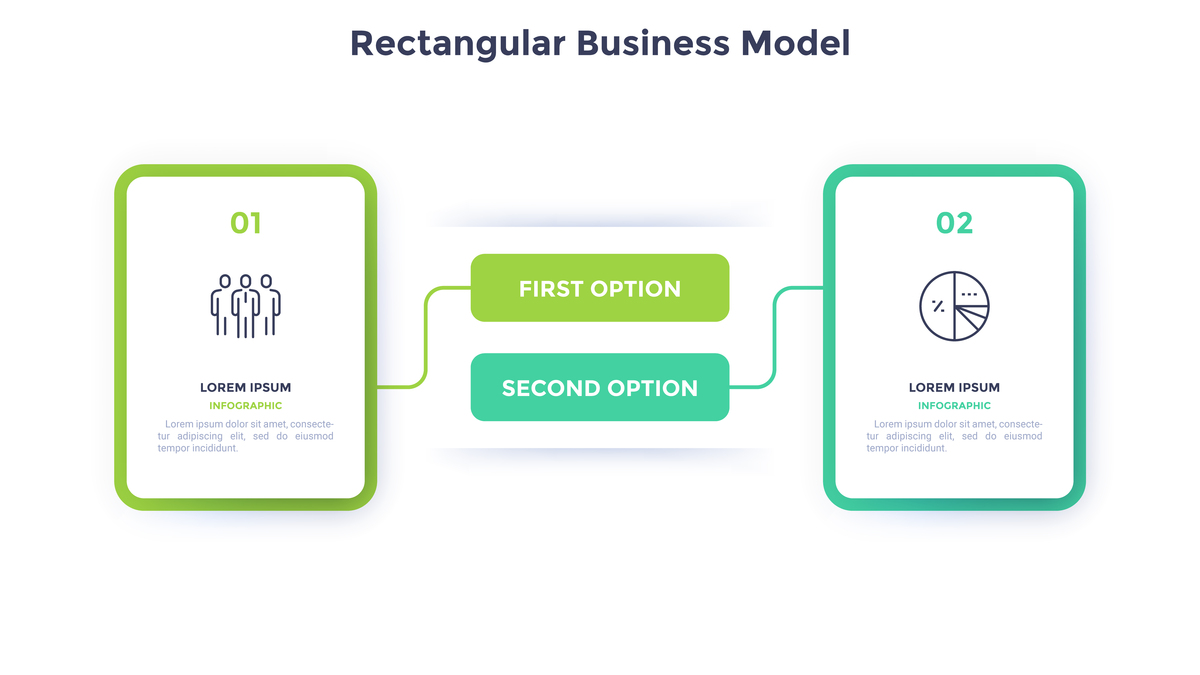Spring Boot vs. Spring Cloud: Key Differences and Applications | Spring Framework Comparison
Spring Boot and Spring Cloud are two distinct technology frameworks within the Spring ecosystem, each serving a unique purpose. Here's a breakdown of their differences: \n\n1. Objective: Spring Boot aims to simplify the development and deployment of Spring-based applications by offering a rapid way to construct standalone, executable Spring applications. Conversely, Spring Cloud acts as a toolkit for building distributed systems, providing a suite of components and capabilities designed for distributed system construction and management. \n\n2. Functionality: Spring Boot equips developers with features like automatic configuration, starter dependencies, and a command-line interface, facilitating faster setup and execution of Spring applications. Spring Cloud, on the other hand, supplies components and functionalities essential for distributed system development, including service registration & discovery, configuration management, load balancing, and circuit breakers. \n\n3. Scope of Application: Spring Boot is well-suited for building independent, monolithic applications, whereas Spring Cloud excels in constructing distributed systems, particularly those employing a microservices architecture. \n\n4. Dependency Relationship: Spring Boot can serve as the foundation for Spring Cloud, meaning Spring Cloud builds upon Spring Boot, leveraging its automatic configuration and starter dependencies to streamline and expedite the development of distributed systems. \n\nIn essence, Spring Boot and Spring Cloud are complementary technologies. Spring Boot empowers the rapid creation and deployment of Spring applications, while Spring Cloud furnishes the tools and components required for constructing and managing distributed systems.

原文地址: https://www.cveoy.top/t/topic/p6WP 著作权归作者所有。请勿转载和采集!